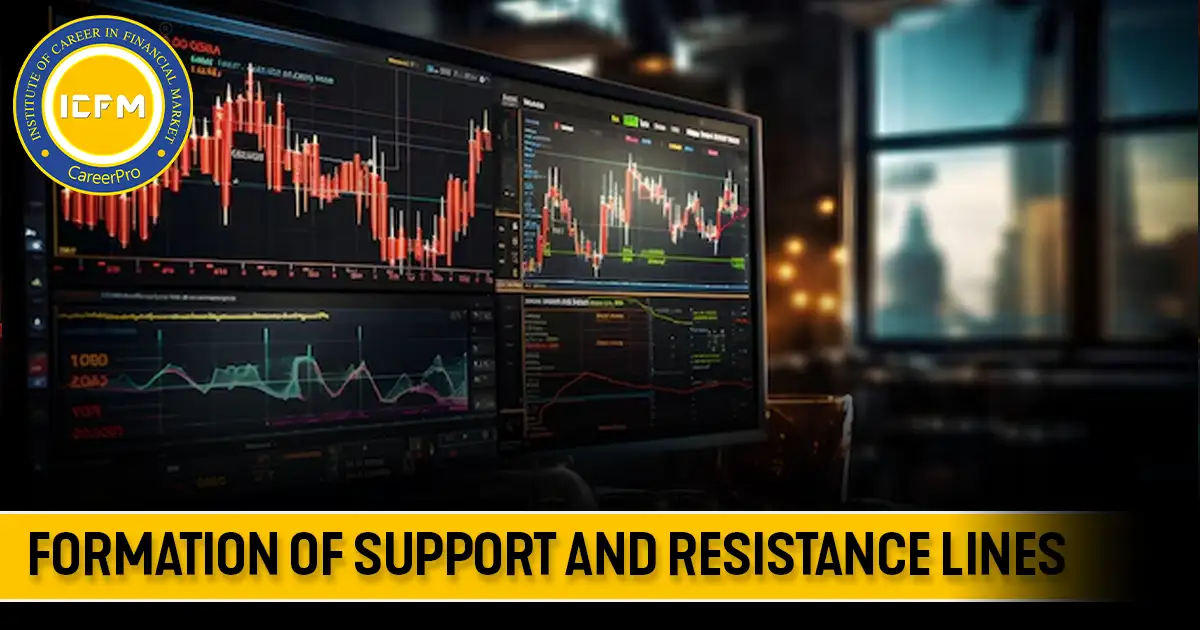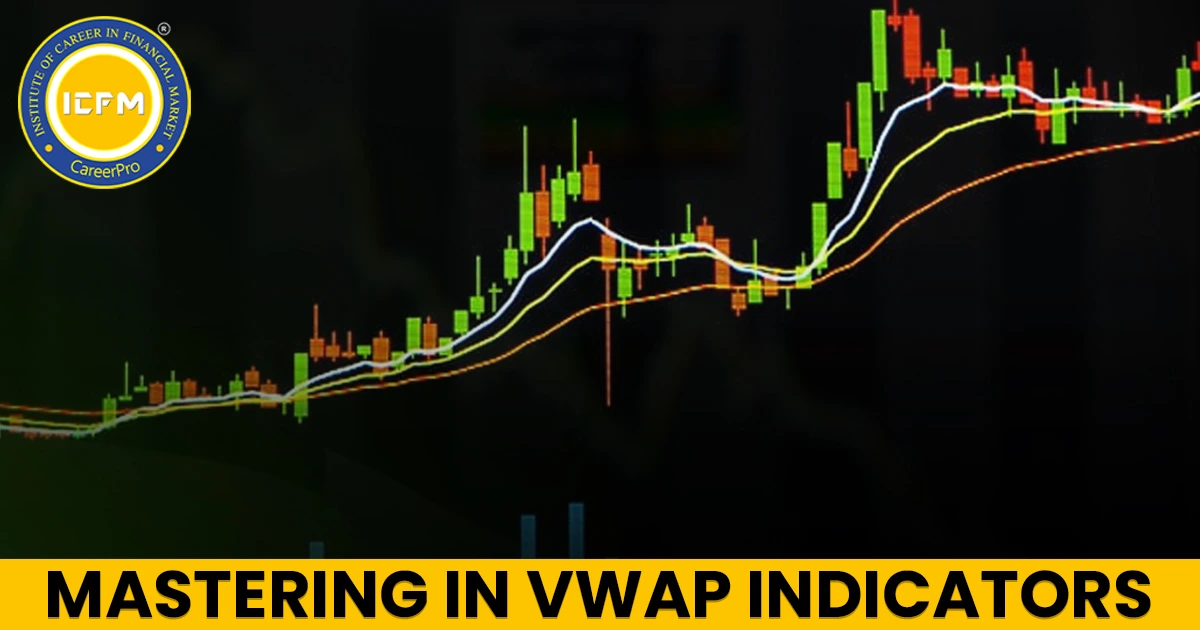What are Support and Resistance Lines?
Support and resistance lines are key points where supply anddemand intersect, acting as thresholds for price movements. A support line isthe level at which a stock's price is unlikely to fall further due tosufficient demand, potentially reversing a downtrend. Conversely, a resistanceline indicates a price level where supply is strong enough to halt a priceincrease, preventing an uptrend. Trend lines can also serve as angled supportand resistance levels.
Support
Support acts as a horizontal floor, where buying interestovercomes selling pressure. As prices decline toward support, buyers becomemore willing to purchase, while sellers hesitate to sell. If the price breaksbelow this level, it indicates a loss of bullish sentiment, suggesting sellersare ready to sell at lower prices. A new support level will need to beestablished if this occurs.
Resistance
Resistance functions as a horizontal ceiling, where sellingpressure surpasses buying interest. As prices approach resistance, sellers aremore inclined to sell, while buyers become cautious. A break above resistancesignals a shift in sentiment, indicating that buyers are willing to purchase athigher prices. If resistance is broken, a new resistance level will need to beset..
Why do Support and Resistance lines occur?
A stock's price is driven by supply and demand. Bulls buywhen prices are low, while bears sell when prices peak. The market findsbalance when both sides agree on a price. As prices rise, bears become moreaggressive, creating a resistance line where upward movement stalls.Conversely, as prices decline, the support line forms, marking a point wheredemand outweighs supply, leading buyers to step in and sellers to hold. Breaksthrough these lines indicate a shift in control: a break above resistancesignals bulls gaining strength, while a break below support shows increasedselling pressure. New support or resistance levels will then emerge.
Support and Resistance Zones:
Support and resistance are often viewed as specific pricelevels, such as saying the support for ABC FUTURES is at 4850. However,thinking of them as exact prices can lead to missed opportunities. In reality,these levels are better understood as zones. For instance, a resistance levelat Rs 50 encompasses a range around that price—stocks may hit 49.87 or 50.25and still reflect resistance.
Using price zones instead of fixed levels provides bettertrading opportunities. A risk-taking investor might buy near the top of asupport zone, while a cautious investor may wait for the bottom. The speed atwhich prices approach a resistance zone affects testing; rapid moves can leadto higher spikes that don’t precisely hit the target.
Moreover, resistance can become support and vice versa.After breaking a support level, investors may sell, causing prices to reboundand turning that level into resistance. Recognizing these dynamics helpstraders make more informed decisions.
Change of Support to Resistance and vice versa:
A key principle of technical analysis is that support canturn into resistance and vice versa. When the price breaks below a supportlevel, that level may become resistance, indicating that supply has outpaceddemand. If the price revisits this level, increased supply is likely.
Conversely, when the price rises above a resistance level,it signifies a shift in demand and supply dynamics. This breakout shows thatdemand has exceeded supply. If the price returns to this level, it mayestablish new support, reflecting increased buying interest.
Importance of Support & Resistance:
- Market Memory:Technical analysts believe the market has a memory, where support andresistance lines play a crucial role.
- Investor Recall:Investors tend to remember previous price levels, making them significant intrading decisions.
- Rapid PriceChanges: When stock prices fluctuate rapidly, buying and selling occur atvaried levels, resulting in no clear pattern.
- Narrow TradingRanges: Prices trading within a narrow range for a prolonged period formspecific areas that investors begin to recognize.
- Increased Volume:If prices remain within a range for an extended time, the volume at that levelincreases, enhancing its importance.
- Significant Levels:The longer a price level holds, the more significant it becomes for technicalanalysts.
- Target Prices:Previous support and resistance levels can serve as target or limit prices whenthe market moves away from them.









